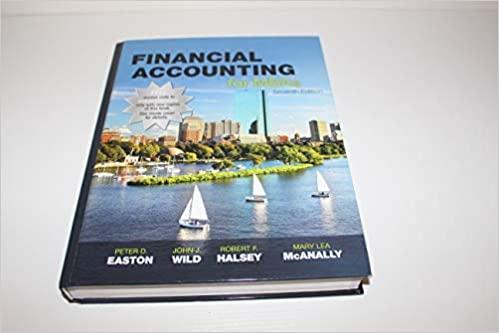Answered step by step
Verified Expert Solution
Question
1 Approved Answer
i need a case summary including all problems found. Leadership in everyday practice I first heard about plant manager Steinar as I, together with two
i need a case summary including all problems found. 

Leadership in everyday practice I first heard about plant manager Steinar as I, together with two colleagues at the university, was contacted by a HR manager at an aluminium plant and asked to contribute to a new leadership development program for foremen and middle managers at the plant. As the HR manager described the plant, their pripciples, and practices in leadership and organizational development, we got a sense that this was something innovative. She told us about extensive training and competence development, about efforts at creating leadership skills and practices among non-formal leaders and she pointed out their efforts at trying to create a cooperative climate between all levels and areas at the plant. This was all very idealistic, of course, and we had heard managers tell such stories before and experience reality as less impressive. But after a while as we met more people and heard them describe the past, present, and future, their stories were in line with those of the HR manager, and also seemed to have at least one vital ingredient in common: namely, the plant manager, who himself rarely led the processes they referred to but seemed to be a point of reference when it came to explaining why things happened. This case is primarily about this plant manager and his unique ability to find a place for visible leadership in everyday work practice. 'This is where leadership is needed now' The aluminium plant changed ownership quite a few years ago. With the ownership change came new management. Steinar came in as the new leader of approximately 1,200 employees in a small town with 6,500 people. The future of the plant was the future of the town. Not very long after Steinar was appointed, he undertook a very effective symbolic action to send a message about future change and about the leader's role. One day he simply left his office in the administration building (also called 'the glasshouse') right outside the production site and cleared a desk in a storage room in one of the main production halls. This would be his new office for the next few years: "Most of our development efforts will happen in the production area for the coming years. Therefore, this is where leadership is most needed, and this is where I will be found the most.' It Was a big surprise to most of the organization, not so much that new projects and programs for improvement would be introduced but that the top plant manager actually announced that he would be a direct part of it, literally on the workshop floor. Training the team of leaders When Steinar was given his assignment as new plant manager, one piece of advioe he got from corporate management was to 'get rid of' the existing management team. 'They are not good enough' was the chrporate evaluation, a message that irritated Steinar enormously: 'How can you simply give a person an evaluation score, and then believe that you know anything about the potential? What kind of perspective is this?' He had a decply held belief in people's ability to grow, that people were willing to take real responsibility if given the chance. When someone suggested that his views represented a soft leadership style' he replied: 'What is soft and what is hard? To believe in people, or to trust no one?!? His ambition was to make a great team of leaders, without eliminating any of them. During the first months, the team spent a lot of time together discussing what they really believed leadership was at their plant, how they saw their roles, what they believed was important in the organization, etc. They agreed that it was important to let people take responsibility; they agreed that they as leaders should enable others to be as good as possible, and so on. Some months later, they agreed upon some shared values and principles that described how they would like to see their own leadership at the plant: 'We have done a lot', the plant manager summarized. 'However, nothing of this has yet made any difference in everyday performance at the plant. It is time for us to practice.' The management team introduced weekly training tours in the plant, where they went out in pairs to observe and to discuss what they saw and where their leadership principles could make a difference in practice. One story of such a tour illustrates their training. They were walking in the plant when they saw a truck drive outside the designated area. Not much, but still outside the area. And they saw the foreman observe it without doing anything. What should they do? It was not easy. If they did nothing, they really did not take responsibility for what had happened. How could they then expect others to take responsibility? If they stopped the truck driver, they would reduce the foreman's authority in the eyes of his employees, and that would make it more difficult for the foreman to improve his performance later 

Step by Step Solution
There are 3 Steps involved in it
Step: 1

Get Instant Access to Expert-Tailored Solutions
See step-by-step solutions with expert insights and AI powered tools for academic success
Step: 2

Step: 3

Ace Your Homework with AI
Get the answers you need in no time with our AI-driven, step-by-step assistance
Get Started


